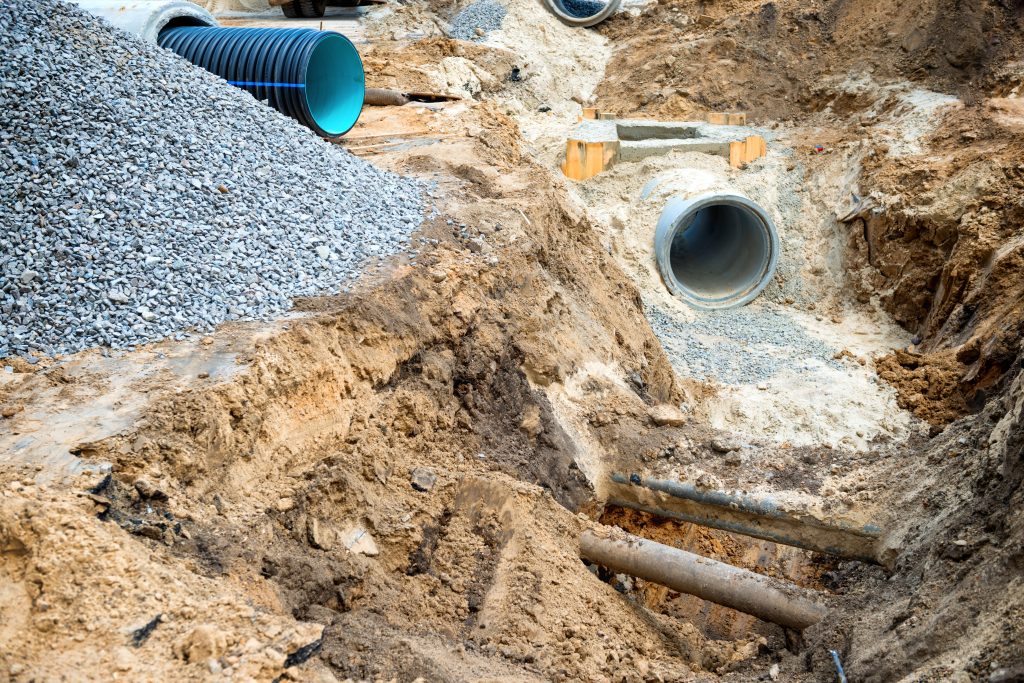How to Perform a Culvert Cleanout

To perform a culvert cleanout, you will need a power-assisted vehicle. If the culvert is wedged too tight to be removed by hand, you can attach a hose fitting to the barrel and hook up your garden hose. You can then haul the debris out of the drainage area. However, be careful not to damage the culvert slope. Culverts are usually higher on one end and slope down slightly on the other.
The culvert cleanout device includes three spaced radially-extending arms. Each arm is connected to a central axis by a rib, which serves as a bearing surface. Two lower arms support the device on the bottom of the culvert, and a rudder is attached to a central portion. The arms extend transversely from the central portion and engage the inner surface of the culvert.
A culvert is a pipe that runs under a road, driveway, or embankment. It helps to channel stormwater away from unwanted areas. It is an important piece of infrastructure and helps to reduce the risks of flooding and erosion. To ensure that your culverts are functioning properly, you need to perform regular culvert cleanouts. You can contact a culvert service to perform this task. And don’t forget to use the right tool for the job.
The auger is another tool used in culvert cleanout. This mechanical tool is difficult to see, but is effective for pulling out soil. The auger’s drive head is elevated, which allows it to be inserted into the culvert without breaking through the bottom. Moreover, it is easy to remove large chunks of soil if the soil is damp. When using the auger, use caution when using the tool on a dry culvert.
For a more complicated cleaning out, a pressure washer or a sewage jetter can be used. These tools can be expensive, so you should check with your local municipal or volunteer fire department before you purchase a jetter. If you can’t afford these tools, you can borrow equipment from a local municipal or volunteer fire department. If you do use a sewage jetter, you’ll likely need to rent a vacuum truck to clean up the water. Moreover, you risk damaging the area downstream by spilling the water and damaging the trees.
It is essential to maintain culverts regularly to prevent flooding. Regular inspections will help you find any buildup of debris and sediment in the pipe that is blocking the water flow. Clogged pipes restrict water flow and cause flooding in the surrounding area. It’s important to prevent a culvert from becoming clogged because it can lead to great financial and physical damage. So, don’t delay in performing a culvert cleanout.
Some special conditions may justify a qualified pipe group type. These conditions may include a highly corrosive environment, unstable foundation, or a fire hazard. A qualified pipe group type may be used if the culvert has one or more beveled ends. For example, pipes with beveled ends are typically longer than pipe culverts that do not have headwalls. If your pipe is long enough, you can measure it graphically by measuring the distance between the slope lines at the flowline and the centerline.
This can be difficult to do on your own, so avoid the hassle and hire professionals to help! Contact VacuumDig at 4176 Canal St, Fort Meyers, Fl 33916 to learn more today!
